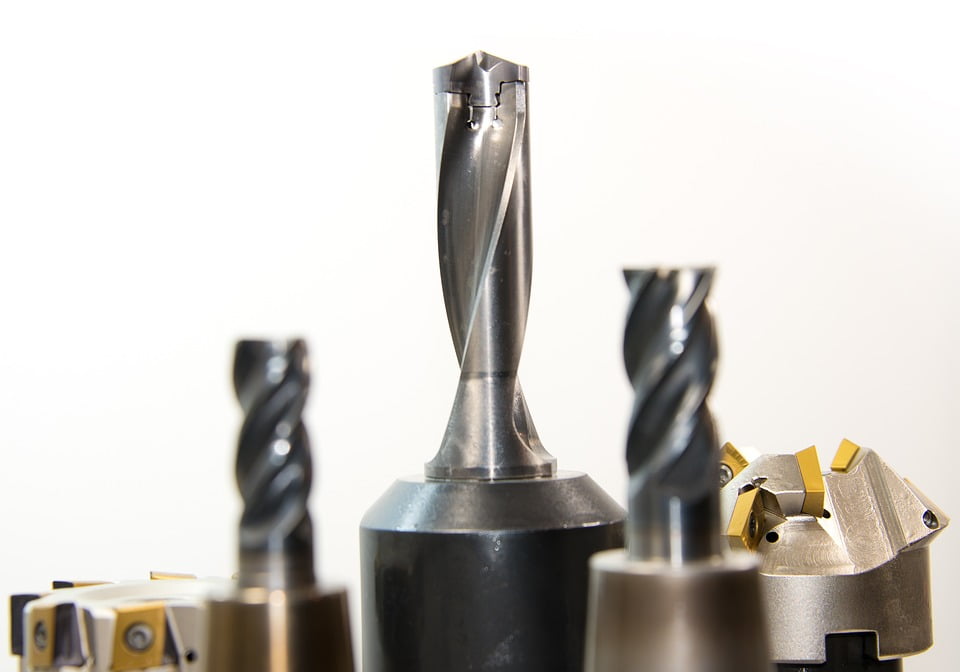Robotics and automation have revolutionized the manufacturing industry, offering a wide range of benefits that have transformed the way businesses operate. From increased efficiency and productivity to improved safety and quality control, these cutting-edge technologies have truly changed the game for manufacturers around the world. In this blog post, we will explore the numerous benefits of robotics and automation and provide tips on how to get started in implementing these technologies in your own manufacturing processes.
Benefits of Robotics and Automation
1. Increased efficiency and productivity: One of the most significant benefits of robotics and automation in manufacturing is the ability to perform repetitive tasks quickly and accurately. Robots can work around the clock without breaks, leading to increased production output and reduced cycle times. This increased efficiency ultimately translates to higher productivity levels and greater profitability for businesses.
2. Improved safety: By automating dangerous or hazardous tasks, robots can help improve workplace safety for employees. This reduces the risk of accidents and injuries, leading to a healthier and more secure work environment. With robots handling tasks such as heavy lifting or working with toxic materials, workers can focus on more strategic and creative tasks that require human intervention.
3. Enhanced quality control: Robots are programmed to perform tasks with a high degree of precision and accuracy, leading to consistent and repeatable results. This ensures that products meet stringent quality standards and reduces the likelihood of defects or errors in the manufacturing process. As a result, businesses can deliver high-quality products to customers consistently, improving customer satisfaction and loyalty.
4. Cost savings: While the initial investment in robotics and automation technology can be significant, the long-term cost savings can be substantial. By reducing labor costs, minimizing waste, and optimizing production processes, businesses can lower their overall operating expenses and boost their bottom line. Additionally, automation can help businesses avoid costly downtime and delays by ensuring continuous production flow.
Getting Started with Robotics and Automation
Implementing robotics and automation in manufacturing can be a daunting task, but with the right preparation and planning, businesses can successfully integrate these technologies into their operations. Here are some tips for getting started:
1. Evaluate your current processes: Before implementing robotics and automation, assess your current manufacturing processes to identify areas where automation can bring the most significant benefits. Look for tasks that are repetitive, labor-intensive, or error-prone, as these are ideal candidates for automation.
2. Set clear goals: Determine what you hope to achieve with robotics and automation, whether it’s increasing production output, improving product quality, or reducing labor costs. Setting clear goals will help guide your implementation strategy and ensure that you stay focused on achieving tangible results.
3. Invest in essential equipment: When implementing robotics and automation, it’s essential to invest in the right equipment and technology. This includes robotic arms, automated conveyors, sensors, and other hardware and software solutions that will enable you to automate key manufacturing processes effectively.
4. Train your workforce: As you introduce robotics and automation into your manufacturing operations, it’s crucial to train your employees on how to work alongside these technologies. Provide relevant training and support to ensure that your workforce is comfortable with new processes and equipment and can maximize the benefits of automation.
5. Continuously optimize and improve: Automation is not a one-time investment but rather an ongoing process of optimization and improvement. Regularly monitor and assess your automation processes to identify areas for improvement and implement changes to enhance efficiency, productivity, and quality control.
In conclusion, robotics and automation are cutting-edge technologies that are transforming the manufacturing industry in numerous ways. By harnessing the benefits of automation, businesses can achieve increased efficiency, improved safety, enhanced quality control, and cost savings, ultimately leading to a more competitive and successful manufacturing operation. By following the tips outlined in this blog post and investing in essential equipment, businesses can successfully implement robotics and automation and reap the many benefits these technologies have to offer.


